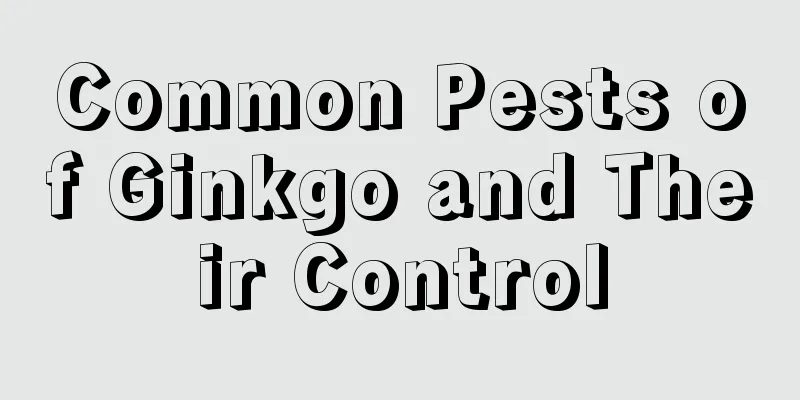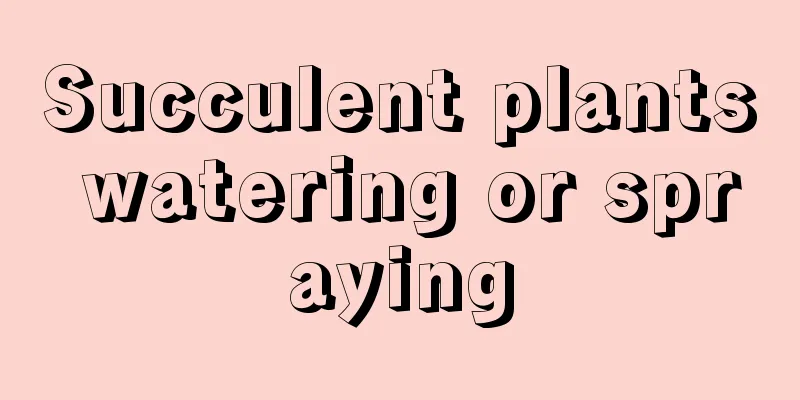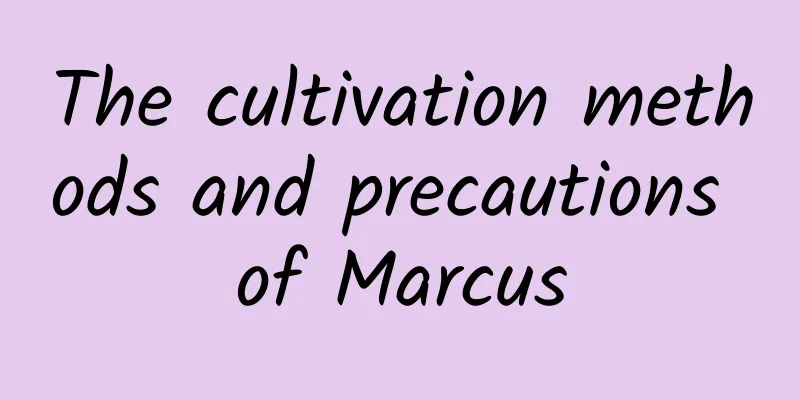Common Pests of Ginkgo and Their Control

Common pests of ginkgo: Ginkgo mothharmIn severe cases of insect infestation, all the leaves will be eaten, resulting in a bare crown, which will affect the yield and is not conducive to flowering and fruiting in the second year. Prevention and treatment methods① Generally in mid-to-late July, mature larvae are killed manually, and the cocoons are collected and burned. The egg masses can be removed manually in winter. ② Generally in September, before the female moth lays eggs, you can use black light to lure and kill adult moths. ③For larvae, you can spray with 500 times diluted 25% insecticide. Common pests of ginkgo: Ginkgo leaf rollerharmGenerally, the larvae bore into short branches and growing branches, causing all the leaves and fruits on the short branches to die and fall off, and the long branches to wither and break. Prevention and treatment methods①In April, adult insects can be caught manually in the early morning. ② Manually prune off the damaged branches and burn them in a centralized manner to kill the larvae and reduce damage. ③ Strengthen management and improve tree resistance. ④ During the damage period, spray 800 times of 80% DDT and 1000 times of 40% omethoate mixture. Common pests of ginkgo: termitesharmTermites are pests of the trunk. They will eat the wood of the trunk, making it impossible for Ginkgo to get a normal water supply. Prevention and treatment methodsFirst, you need to determine the location of the ant nest, which can be determined based on the termites' excrement, ventilation holes, etc. Then drill a hole and inject about 10 ml of insecticide plus 10% ant killer. Generally, the entire colony of termites will die 3-7 days after application of the pesticide. Common pests of ginkgo: tea yellow thripsharmIt usually occurs between June and August. Adult insects often gather on the back of leaves to suck the sap of young leaves, causing the leaves to lose their green color and turn grayish white. In severe cases, the leaves dry up and fall off. Prevention and treatment methodsYou can spray 50% cypermethrin, or use 3000 times diluted cypermethrin, or 1000 times diluted 40% oxydemeton-methyl emulsifiable concentrate for spraying. The first spraying is usually carried out in mid-June, and the second in mid-to-late July. If the pest is not serious, spray twice. |
<<: Pests of Prunus mume and their control
>>: Common diseases and pests of Forsythia suspensa
Recommend
The symptoms of succulents not adapting to the pot
1. Leaves become soft Under normal acclimatizatio...
Does the azalea need to be watered thoroughly? What is the ratio of water to vinegar?
1. Does it need to be watered thoroughly? When wa...
How to care for newly bought echinacea
1. Lighting Echinacea likes the sun. When grown i...
The flower language of the succulent Phoenix, do you know its meaning?
1. Flower Language In fact, you can guess what th...
When is the best time to repot African jasmine?
African jasmine repotting time After African jasm...
How to grow Ranunculus
1. Breeding environment 1. Light: What you need t...
How to grow rubber trees
1. Breeding conditions 1. Soil: The roots of rubb...
How to water the money tree
Tips for watering money string Money tree belongs...
The growing environment and local conditions of Cornus officinalis
Cornus officinalis growth environment and conditi...
Pests of Iris and Their Control
Pests of Iris and Their Control Iris is a plant t...
How to grow longevity flowers
1. Repotting Repotting actually plays a very impo...
Can waste paper be used as fertilizer?
Waste paper as fertilizer Waste paper can be used...
Can Sweetheart Blueberry be grown in the South?
Can sweetheart blueberries be grown in the south?...
Which month is suitable for sowing mint?
Mint belongs to the Lamiaceae family and is known...
Does Kalanchoe need to be pinched in autumn?
1. Is it necessary? In order for the Kalanchoe to...









